Safety Technology for Aviation and Disaster-Relief Program (STAR)
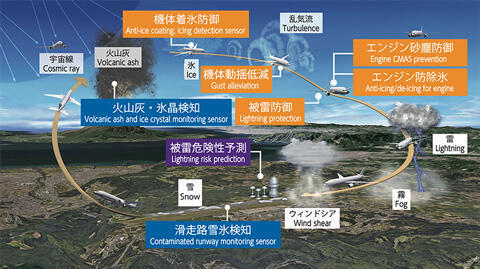
|
Demands for aircraft with enhanced safety is increasing as the projected growth in air traffic also involve the risk of more accidents. Responding to frequent natural disasters and meeting the ever-diversifying needs in the field of crisis management as flexibly and quickly as possible, meanwhile, will require safer and more efficient use of both manned and unmanned aircraft. |
|---|
WEATHER-Eye technology
|
JAXA is developing a group of technologies, namely WEATHER-Eye technologies, for protecting aircraft from special weather conditions such as snow, ice, lightning, and volcanic ash under a research program named WEATHER-Eye (WEATHER-Endurance Aircraft Technology to Hold, Evade and Recover by Eye). |
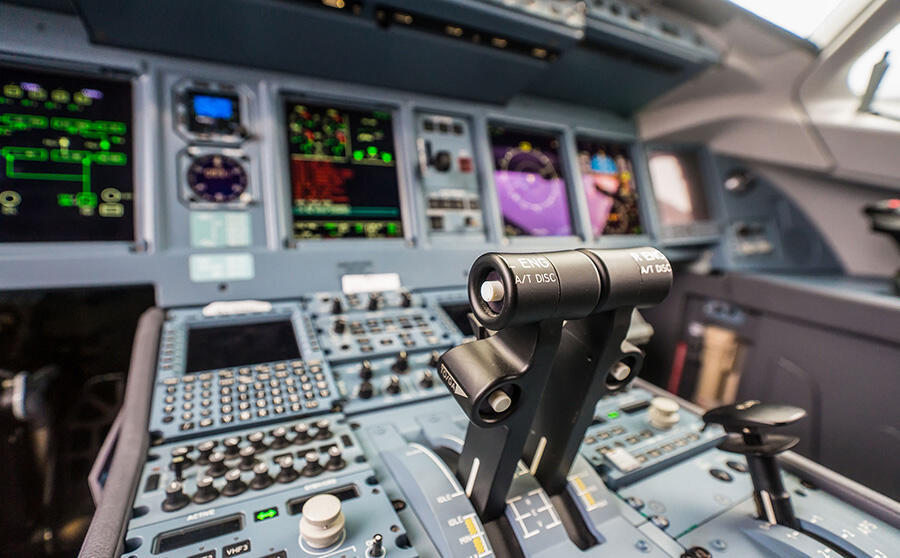
|
|---|
Fundamental technology for equipment certification
|
Equipment certification is a vital but challenging process for avionics manufacturers. JAXA has been accumulating a substantial amount of know-how in this area through a range of R&D on avionics-related technologies. This research is to turn our experiences into a shared resource for Japanese manufacturers to better engage in the certification process. |
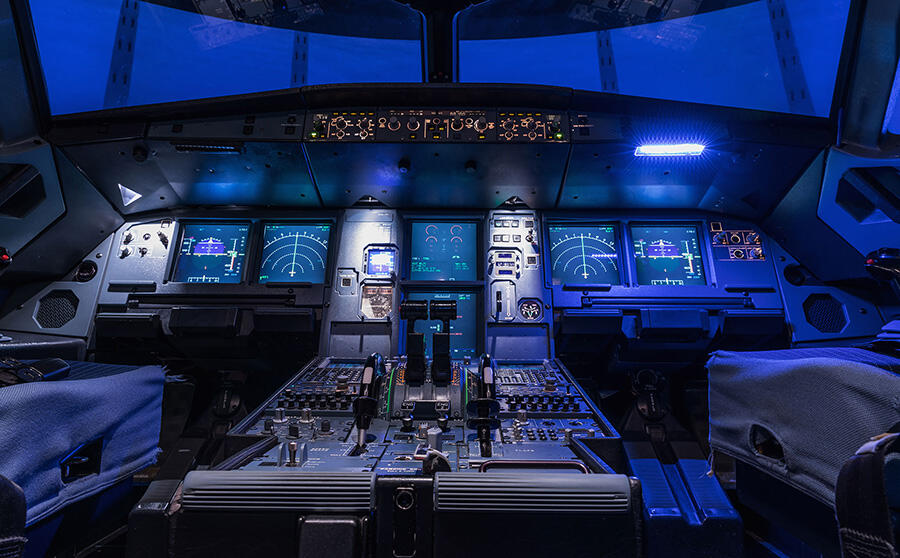
|
|---|
Disaster relief aircraft operation technology (D-NET3 from FY2018)
|
To enable safer and more efficient disaster relief aircraft operations, JAXA has been developing “Disaster Relief Aircraft Management System(D-NET)”, which facilitates real-time information sharing among aircraft involved in relief activities and emergency operation centers on the ground. |
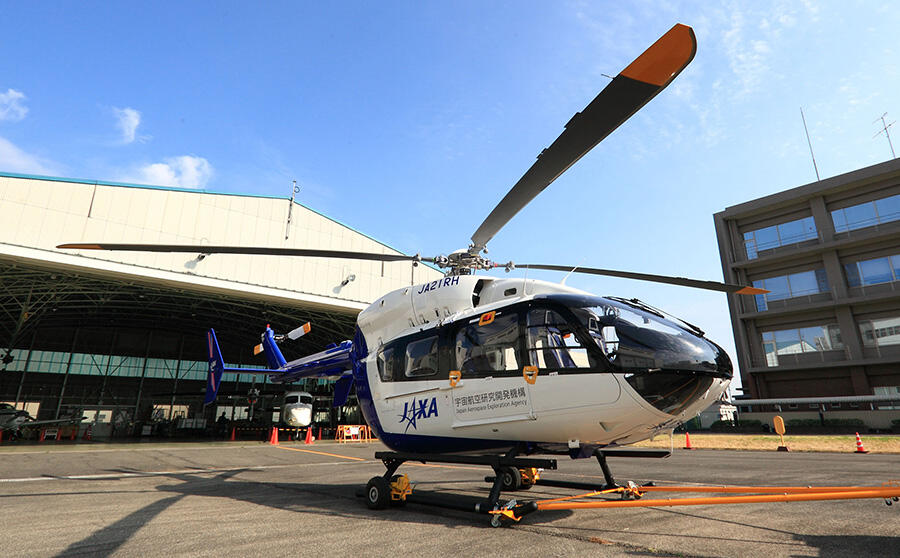
|
|---|
Smart flight technology
|
The Smart Flight Technology Research is to help boost the efficiency and safety of aircraft operation by integrated processing of various onboard and ground data, and by automation and optimization of situation monitoring/option generation tasks of pilots and controllers. |

|
|---|
Unmanned aircraft systems (UAS) technology
|
JAXA is studying a range of technologies for unmanned aircraft systems (UAS). Ongoing studies include the development of a UAS traffic management (UTM) system to operate multiple unmanned aircraft systems safely in the same air space beyond visual line of sight, and the automation technologies for fixed-wing or VTOL unmanned aircraft to enable wide area observation and long-range transport. |
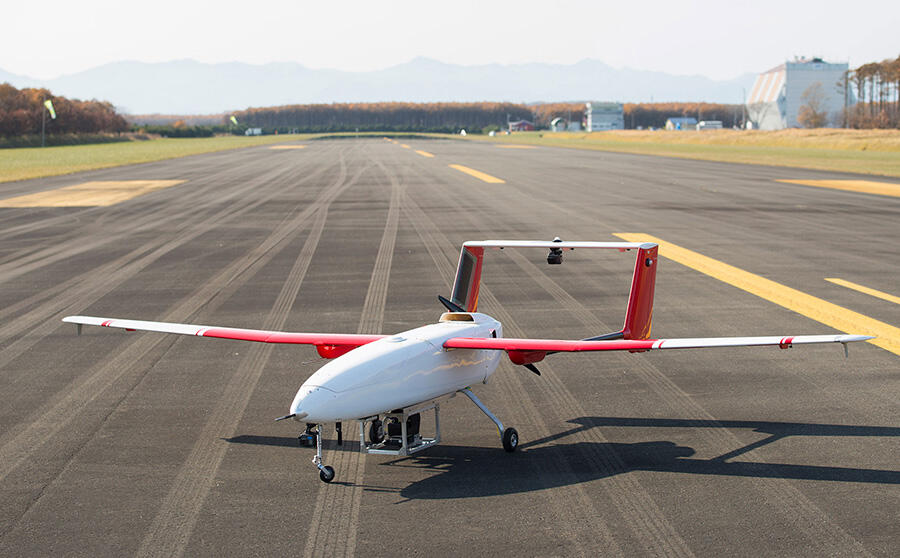
|
|---|
Gust alleviation technology
|
To suppress sudden aircraft shakings, we are developing gust alleviation technology that can automatically manipulate flight control surfaces when the aircraft autopilot system receives input on air-flow vector data estimated from the turbulence detection system developed in the SafeAvio project. Our ultimate goal is to reduce turbulence-induced aircraft accidents. |
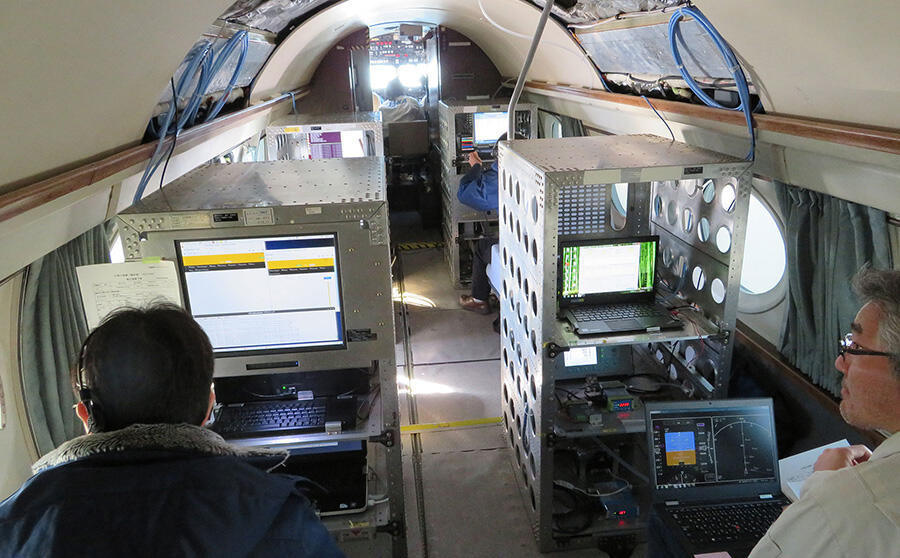
|
|---|
High-speed rotary aircraft technology
|
We are studying a new type of compound helicopter technology aimed at drastically improved maximum flying speed (about 1.8 times) while maintaining the excellent hovering performance of a conventional helicopter. |
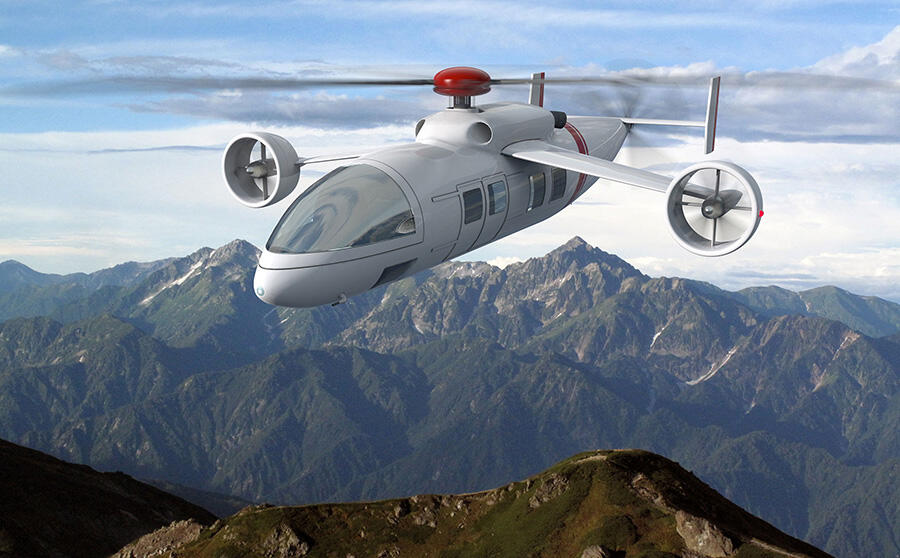
|
|---|
Situational Awareness and Visual Enhancer for Rescue Helicopter (SAVERH)
|
JAXA has been developing pilot assistance technology named "Situation Awareness and Visibility Enhancer for Rescue Helicopter (SAVERH)" in order to enhance operational safety and mission capabilities of rescue helicopters. |
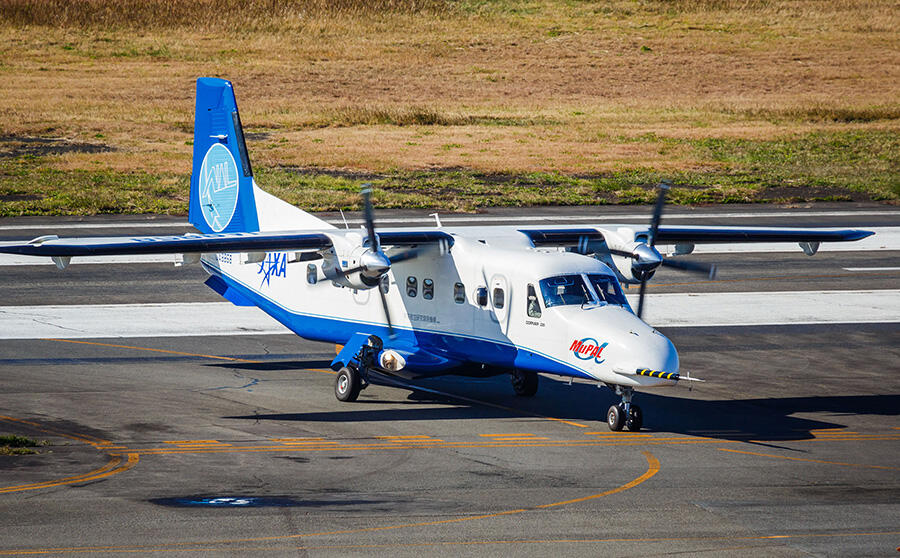
|
|---|